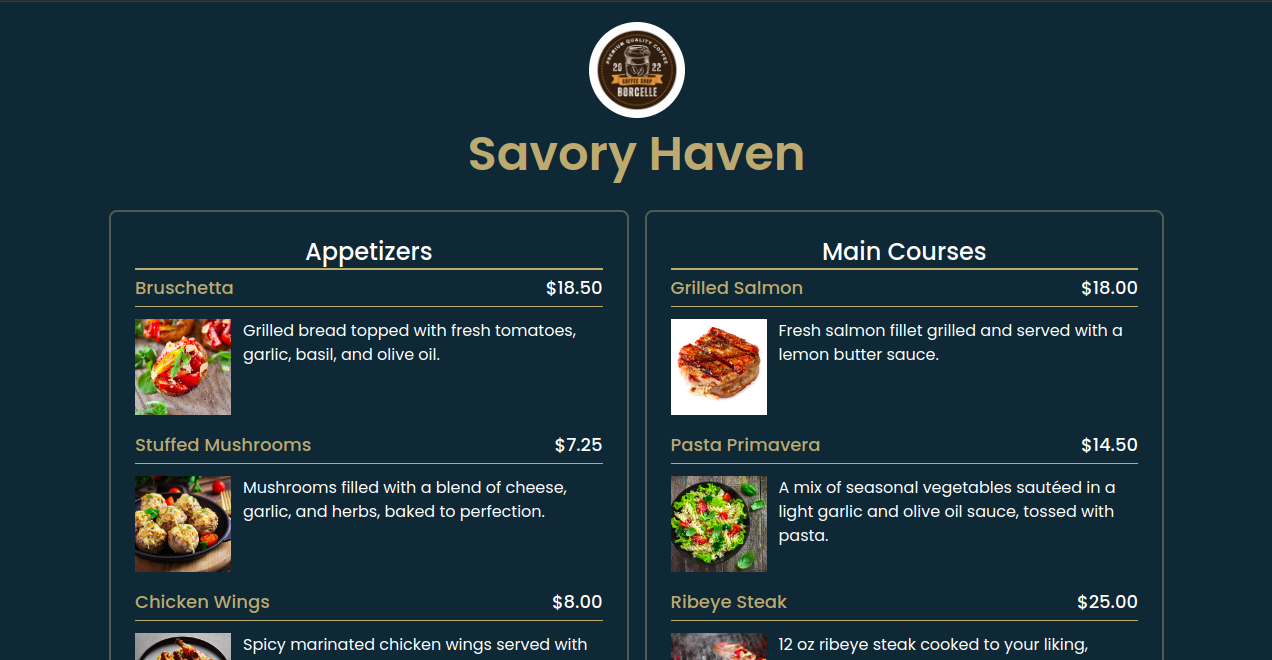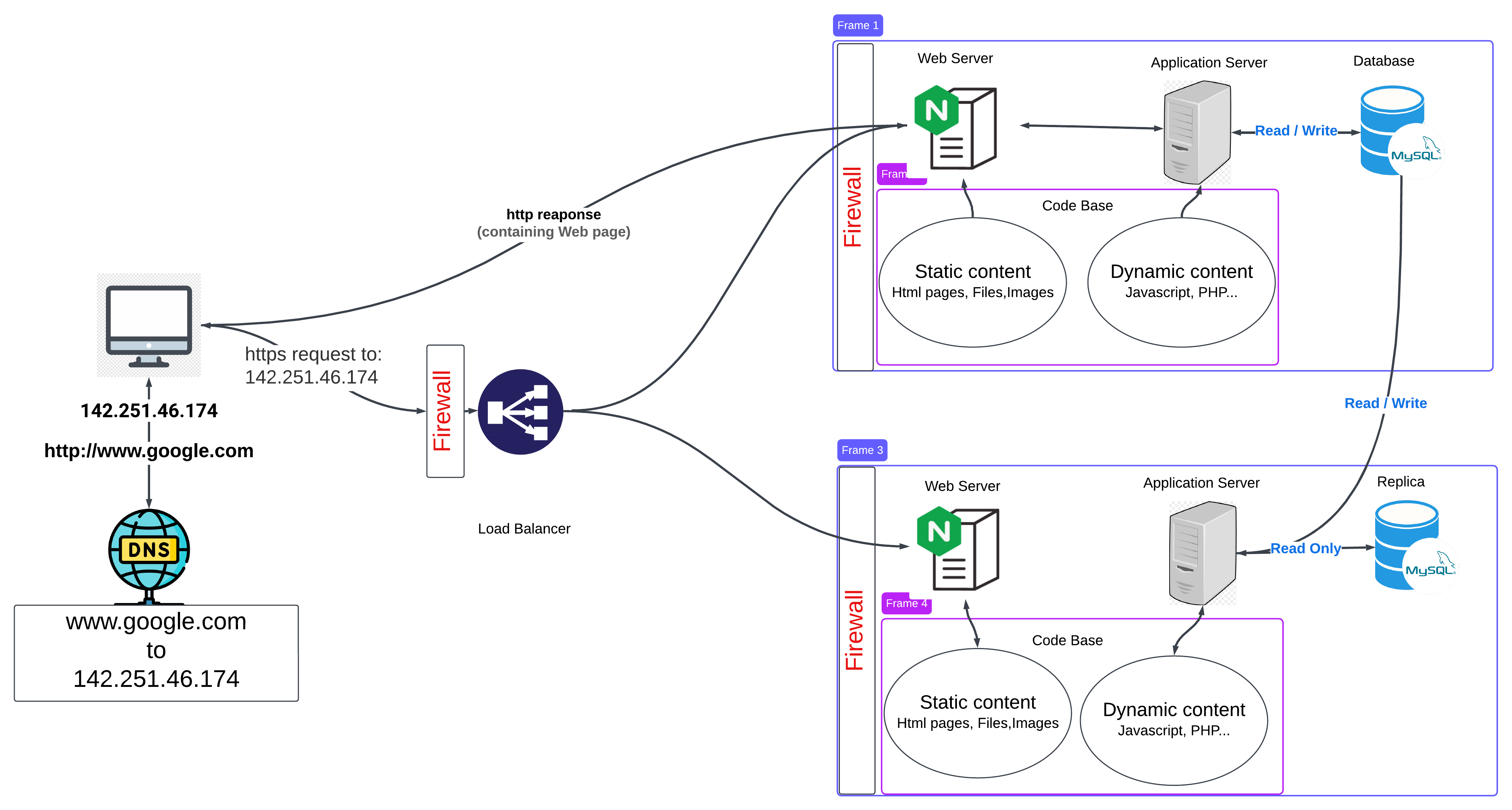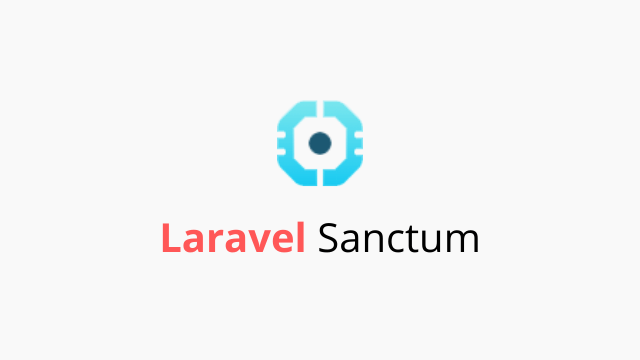
Project Overview
Alx Restaurant menu python tailwind web website vue.js django
The MyRestaurant project is a comprehensive solution designed to simplify the management of restaurant menus, streamline restaurant operations, and enhance customer experiences. This application allows restaurant owners to create and manage their menus, generate QR codes for easy menu access, and provide a secure user authentication system.
Our project helps restaurant owners and managers by providing a digital platform for managing their menus and generating QR codes. Our team members areLudivin Seunda and Aisha Hammed. As an engineering problem, we aimed to focus on creating a system that is easy to use for restaurant owners and provides a seamless experience for customers accessing menus. Ludivin worked on the backend API and user authentication, while Aisha focused on frontend development and user experience design.
The inspiration for the project comes from a discussion I had with my project partner which was about creating solutions that would help people in thier dayly life and in thier activities. It is during the discussion that we got the idea of creating an app that would help restaurants manage thier menus dynamically.
Porject Architecture
1. Frontend: The frontend (Vue.js3, Tailwind css) interacts with users, allowing restaurant owners to manage their menus and customers to view them via QR codes.
2. Backend API: The backend (powered by Django and Django REST framework) handles CRUD operations for restaurants, menus, and categories. It also manages user authentication and QR code generation.
3. Database: MySQL is used to store data related to restaurants, menus, categories, and user information securely.
4. QR Code Generation: When a restaurant's menu is updated, the system generates a new QR code which is stored and can be accessed by the frontend.
5. Authentication: Utilizes Django's built-in authentication system, supplemented with token-based authentication for secure access to API endpoints.
Technologies Used
1. Frontend (Vue.js, Tailwind css):
- Context: We opted to use these web technologies to create a lightweight and responsive user interface. This decision was driven by the need to solidify our understanding of Vue.js and maintain a minimum control over the styling and functionality of the frontend.
2. Backend (Django, Django REST Framework):
- Context: Django was chosen for its robust ORM capabilities, ease of use, and built-in authentication features. The Django REST framework provided powerful tools for building RESTful APIs, which allowed us to efficiently handle data interactions between the frontend and backend.
3. Database (MySQL):
- Context: MySQL was selected for its reliability, advanced features, and support for complex queries. It provided a secure and scalable solution for managing the application’s data.
4. QR Code Generation (Python's qrcode library):
- Context:*The qrcode library was used to generate QR codes, allowing customers to access restaurant menus directly from their mobile devices. This feature enhances the user experience by providing a contactless way to view menus.
Key Features
1. Dynamic Menu Management:
- Functionality: Restaurant owners can create, update, and delete menus and menu categories through the application. The system allows for real-time updates, enabling restaurants to reflect changes in their offerings instantly.
- Value: Provides flexibility for restaurant owners to manage their menus without the need for reprinting or manual updates.
2. QR Code Generation:
- Functionality: Automatically generates a QR code for each restaurant, linking to its current menu. The QR code is updated whenever the menu changes, ensuring customers always have access to the latest information.
- Value: Enhances the dining experience by enabling customers to view menus on their mobile devices through a simple scan, promoting a contactless interaction.
3. User Authentication and Authorization:
- Functionality: Includes secure user authentication and role-based authorization. Restaurant owners can manage their restaurants and menus, while customers can view menus without requiring an account.
- Value: Ensures data security and personalized access, allowing different types of users to interact with the system appropriately.
Technical Challenge: Integrating Dynamic QR Code Generation for Real-Time Menu Updates
Integrating dynamic QR code generation for real-time menu updates in our **Restaurant Menu Management System** was challenging. Using Python’s `qrcode` library, I created a function that generated QR codes linked to updated menu URLs and integrated this with our Django backend. This ensured that QR codes reflected the latest menu, updated automatically, and were stored efficiently. Testing involved simulating updates and resolving issues with file storage and URL accuracy. This feature significantly streamlined menu management for restaurant owners and enhanced the customer experience by providing instant access to current menus via QR codes.
What I have learned
Working on the Restaurant Menu Management System was a transformative experience, both technically and personally. Technically, I delved deeply into Django’s capabilities, enhancing my understanding of web frameworks, RESTful APIs, and dynamic content generation. Implementing features like real-time QR code generation taught me about efficient data handling and integrating third-party libraries. I learned the importance of balancing functionality with performance and the critical role of testing in catching potential issues early.
What I might do differently: next time is plan for more extensive user feedback earlier in the development process. This would help tailor the application more closely to user needs and reduce the need for late-stage changes. Also, I would incorporate more modular design principles to allow for easier future updates and feature additions.
Personally, as an engineer, I discovered a greater capacity for problem-solving and adapting to unforeseen challenges than I had previously realized. This project reaffirmed my belief in the value of iterative development and the importance of collaboration. Working closely with my team Ludivin Seunda and Aisha Hammed showed me the strength of diverse perspectives in creating robust solutions.
For my future engineering path, this project solidified my interest in full-stack development and the critical importance of user-centric design. It also highlighted the need for continuous learning and adaptation in the face of evolving technologies. The experience confirmed my belief in the power of web applications to solve real-world problems and has inspired me to further explore the integration of dynamic and interactive features in web development.
About Me
My name is Ludivin Seunda, A software engineering student a ALX, pationned of Web develloping and creating inovative and usefull solutions to improve people's dayly life and activities.
- Github repository: MyRetaurant
- My website: ludivinseunda.tech
- Project Landing page: ludivsoltions.tech
- linkedIn profile: LudivinS eunda
Search by keyword
Recent Posts
-
MyRestaurant ALX research project
Jun 12, 2024
-
Demystifying the Journey: What Happens When Y...
Apr 13, 2024
-
Secure Your Laravel API with Sanctum: A Compr...
Mar 23, 2024


